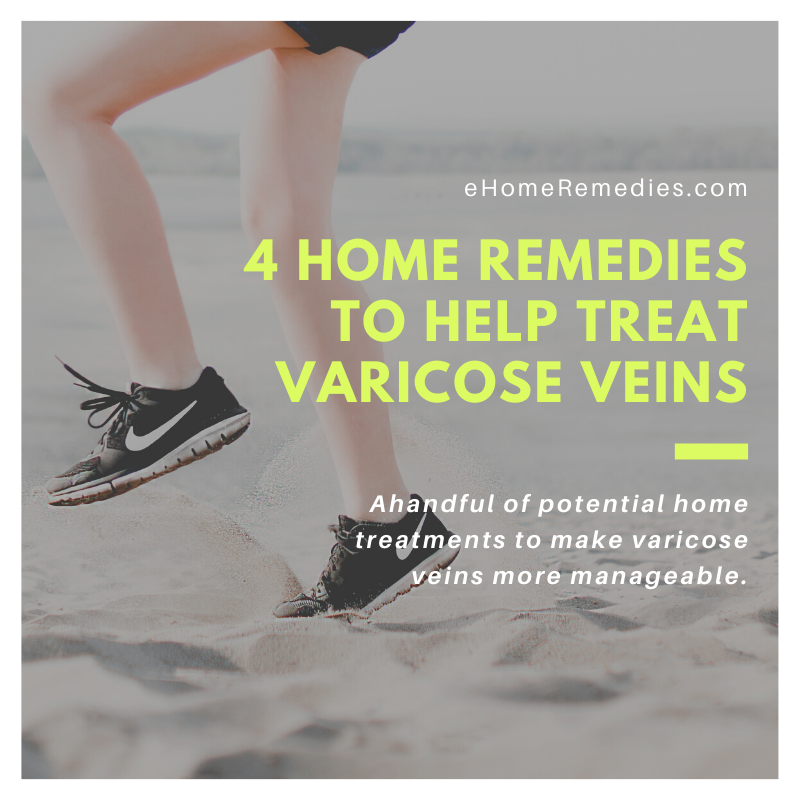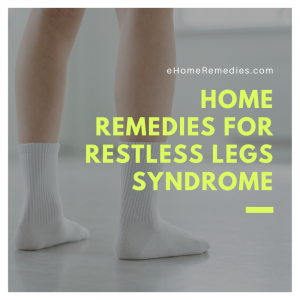Varicose veins are a surprisingly common condition, and often they do not require any direct medical treatment. However, there are certain ways that you can treat them yourself to improve your own condition.
What Causes Varicose Veins?
The veins throughout your body are a tiny, intricate system of tubes and valves. The valves open and close in such a way that your blood can smoothly and effectively flow through them without being able to flow backward. However, if these valves become damaged, the blood in that area can and will flow backward and collect in the vein which will swell and become bloated.
Symptoms of Varicose Veins
Varicose veins are generally fairly visually distinctive – enlarged, bloated veins that can be blue or dark purple and maybe lumpy or twisted. These will often show up on the legs and feet but may form elsewhere on the body. In addition to their visual appearance, varicose veins can cause symptoms like dry, itchy, and thin skin over the affected area, discomfort and aching in the affected area, swelling in the affected area, and muscle cramps in the legs, especially at night.
Home Remedies for Varicose Veins

For the most part, so long as your varicose veins aren’t causing you any discomfort, there is no need for you to see a doctor or seek treatment for them. However, it is important to know that if your varicose veins are causing you pain or interrupting your sleep at night with aching, then you should search “varicose veins treatment in Prosper TX” and have the issue addressed.
Generally, though, you should be more than capable of using home remedies to keep your varicose veins manageable at home without ever having to seek medical treatment for them. Below are a handful of potential home treatments to make varicose veins more manageable.
1. Exercise
Exercising regularly is a brilliant way to improve your circulation, moving your blood along and through your veins. On top of that, exercise also helps to lower your blood pressure which can help prevent damage to the valves in your veins, which is what would cause varicose veins in the first place. In general, low-impact exercise such as swimming is the best way to keep your legs active.
2. Wear Compression Stockings
What you wear can help your varicose veins. For example, a 2018 study showed that using knee-high compression stockings for as little as one week could reduce the pain and aching caused by varicose veins.
3. Wear Loose Clothing
On the other hand, tight and restrictive clothing will reduce the blood flow you experience through your body, which could worsen the circulation through your body and therefore worsen your varicose veins. So, by wearing loose, comfortable clothing, you might be able to improve your circulation and make your varicose veins feel better.
4. Massage the Area
Finally, by gently massaging the area affected by varicose veins, you might be able to help keep the blood flowing through your veins. However, it is very important that you do not press directly onto your affected veins, as this may cause damage to the fragile area.


